With this orthosis, the degree of immobilization can be adjusted from light to moderate to heavy. In all cases, regardless of the degree of stiffening, the shoulder orthosis stabilizes and relieves the entire musculoskeletal system. Doctors at Yusupov Hospital recommend using an orthosis even for minor injuries, as immobilizing the joint promotes speedy recovery.
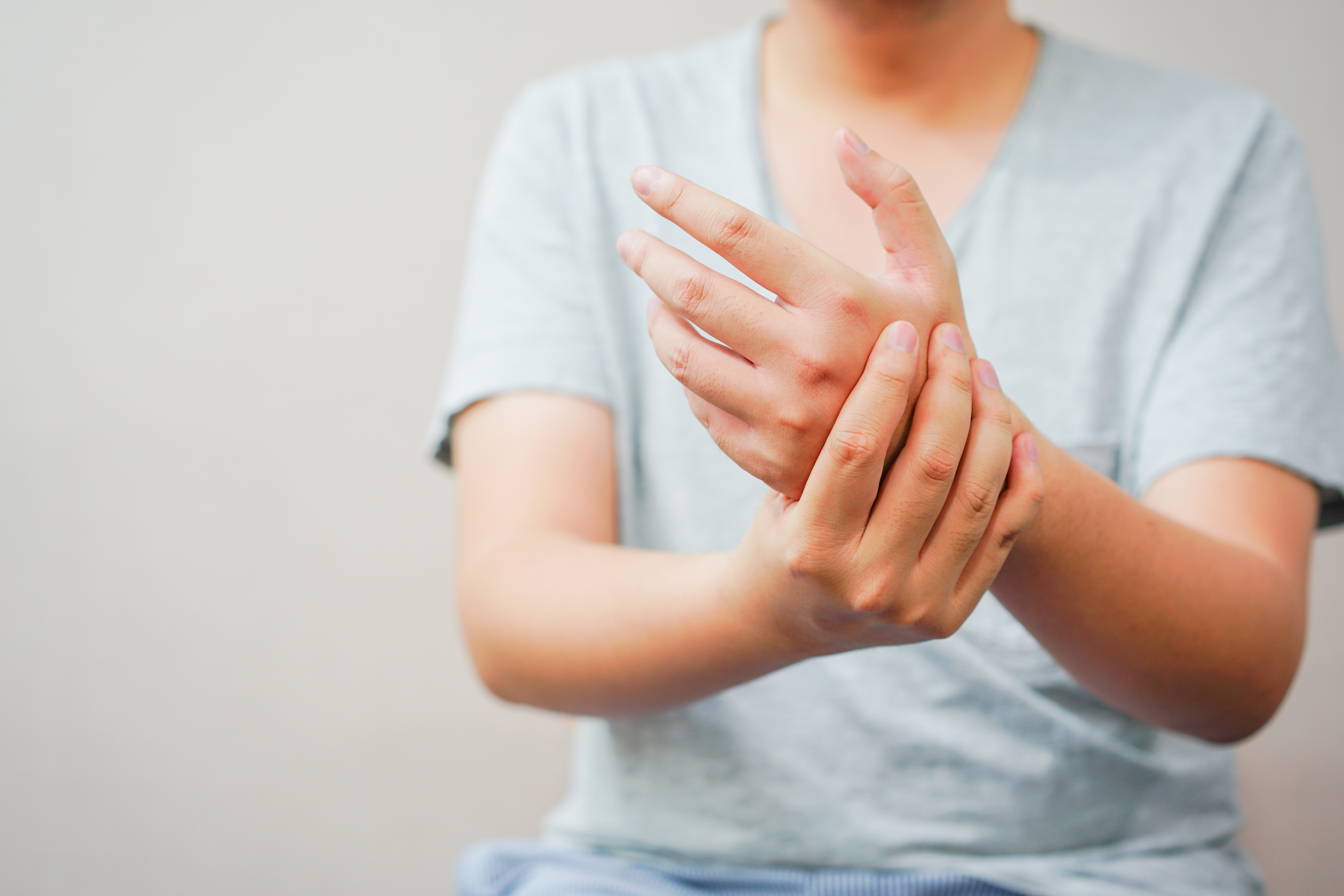
- shoulder bandage
- Shoulder and forearm splint
- Not sure which device to choose?
- News
- Indications for use
- Your request has been sent. We will contact you soon.
- Thank you for contacting us. Promotion details have been sent to your email
- Social Protection Departments
- Reimbursement of the cost of purchasing prostheses and orthopedic aids for persons without disabilities (except for dental and eye prostheses) (enter such a query with the title in the search engine)
- Take-away rules
- What is a wrist orthosis?
- How to choose a wrist brace?
- characteristics
- What is the difference between a plaster cast and a regular plaster cast?
- Indications and contraindications
- Types of wrist braces
- Application
- types of products
- Radiocarpal orthoses for the right hand
- Features of right hand wrist braces
shoulder bandage
The shoulder joint is the largest joint in the upper limbs. It is responsible for all work and therefore for all movement of the arm. As a result, it is exposed to high loads. As a result of this activity, injuries to this anatomical part occur. Injuries to the shoulder joint can be manifold: It can be a dislocation of the collarbone or a fracture of the humerus. In such situations, doctors at Yusupov Hospital recommend using a shoulder or forearm orthosis.
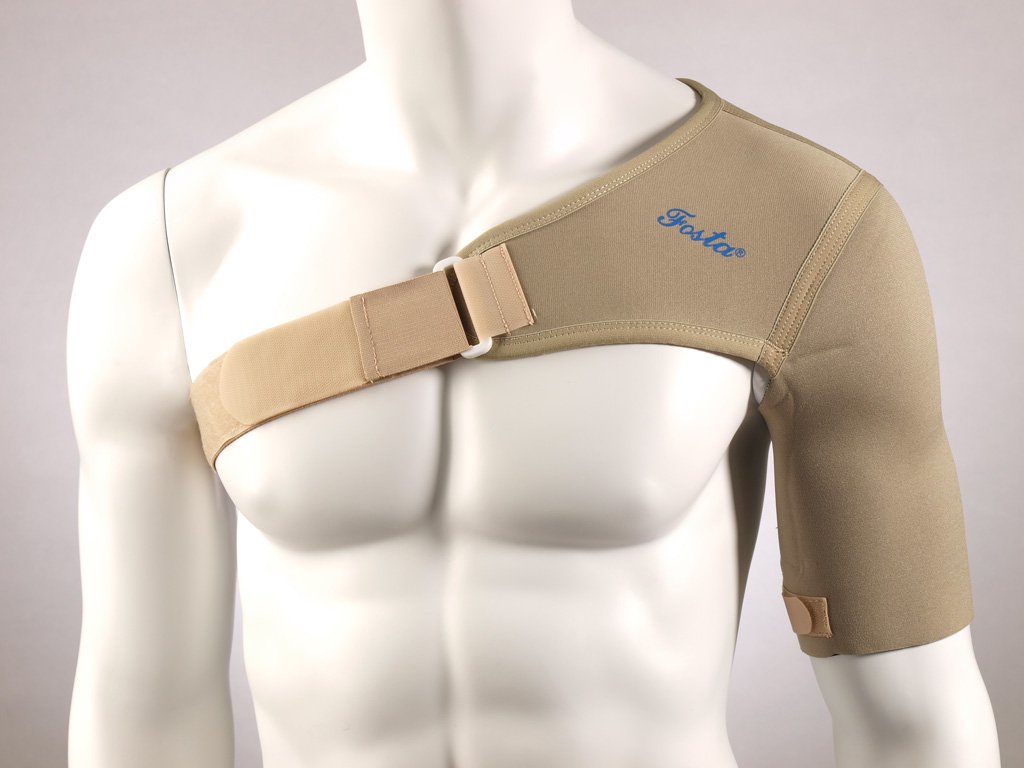
Shoulder and forearm splint
In situations where the problem is ignored or where proper medical care is not provided, the risk of developing severe joint pathology is very high. To avoid such problems, complete or partial immobilisation of the joint is required. The most effective and common method of immobilization is the shoulder brace, which is quite affordable for patients. In modern medicine, there are different types of orthoses. The shoulder girdle, thanks to its unique structure, allows the limbs to move in different directions. The shoulder joint has a system of tendons that connect bones and muscles. These tendons and ligaments cover the dynamic parts of the joint, maintaining its integrity and full range of motion. Articular cartilage wears out quickly and becomes thin because it is much thinner in the joint than the cartilage in the weight-bearing joints. For various injuries such as B. dislocations, subluxations or fractures, tendons are torn and stretched and the surrounding tissue damaged. In such cases, a shoulder brace is essential. A clavicle brace or shoulder brace takes pressure off the damaged joint and allows the ligaments and muscles to rest, allowing for faster recovery. The shoulder orthosis also reduces pain and discomfort caused by the pathological process. The combination of these factors improves the patient's quality of life during treatment and the entire rehabilitation period. The shoulder orthosis is able to limit mobility and support the injured shoulder. Synovitis of the bursa of this anatomical segment is often observed in people whose professional activities place a heavy load on the shoulder crown. In some cases, this can even lead to complete immobilization of the extremity. It is known that people who have suffered a shoulder injury often have proprioceptive impairments. These impair normal, physiological movements. This sensitivity helps a person measure the strength of muscle contractions, control arm position, and sense intensity at rest and during movement.
Not sure which device to choose?
Our consultants will be happy to help you choose orthopedic products.
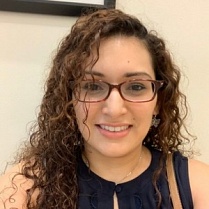
Maria Dmitrievna Lavrova
Medical education at the Burdenko State Medical University in Voronezh. NN Burdenko
Has been working with Orliman products since 2012, last training on Orliman products in 2018
'I like my job and the company I work for. The selection of orthopedic products gives me great pleasure!'.

Ivannikova Arina Stanislavovna
Medical education at NI Pirogov Russian National Scientific Medical University in 2010.
Has been working with Orliman products since 2017, last training on Orliman products in 2018
'I really enjoyed my first year in this call center. I do the work with quality and responsibility.'

Ivanchenko Kristina Yaroslavovna
Medical Diploma of Izhevsk State Medical Academy in 2009.
Has been working with Orliman products since 2013, last training with Orliman products in 2018
'A great job that brings nothing but joy. I don't regret becoming an orthotist. I really enjoy helping people!'

Alina Ivanovna Mironova
Medical education at Tver State Medical University in 2011.
News
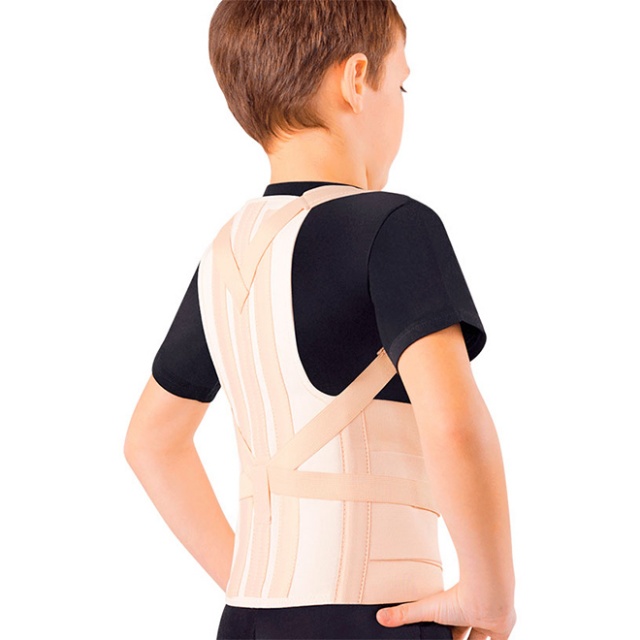
Children's lumbosacral orthosis - a product for the treatment of curvatures.
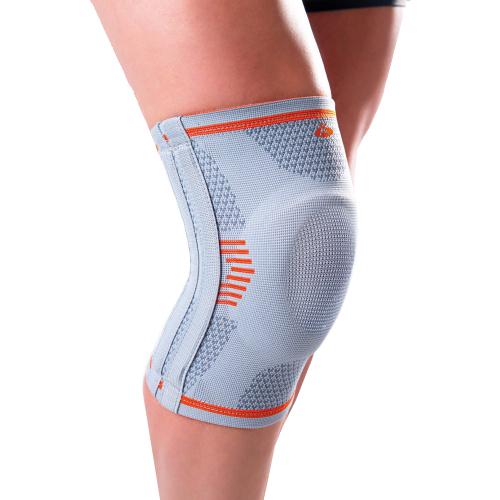
Learn how to keep your knee joints healthy.
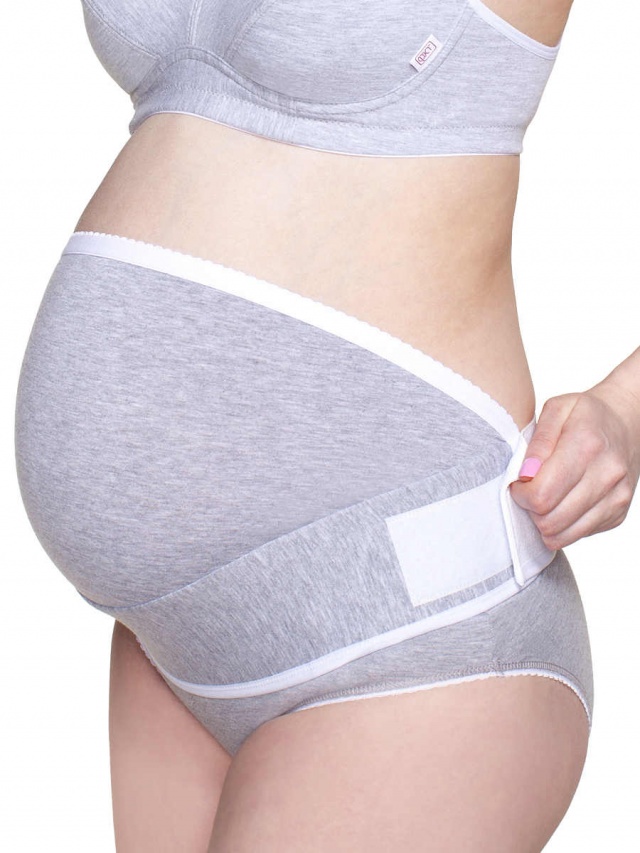
Which models of prenatal orthoses are available.
Indications for use
The range of product applications is very wide. There are whole-arm devices for people with disabilities that are specifically designed for patients with cerebral palsy, as well as those with flaccid paralysis and other disabilities.
They are also often used after various bone and joint injuries. This can involve a variety of injuries, including broken bones. In this case, the use of the product allows rest and correct positioning of the limbs. This is vital for a proper recovery.
Another function of the product is preventive. Wearing prostheses helps to avoid many types of deformities, injuries and similar problems.
Important indications for use are:
- Spastic or flaccid paralysis.
- Muscle paralysis of the upper limbs.
- Operations on the elbow joint.
- Presence of inflammatory or degenerative diseases.
And these are just some of the recommendations. The system is tailor-made by the doctors, with the doctors suggesting which version to choose in each case. Incorrect forearm joints and diagnosed hand and forearm paresis are common uses.
We offer affordable prices for full arm devices and we work with the largest and most reputable manufacturers of this type of product. We will advise you comprehensively on the selection, answer your questions and take care of the delivery.
Your request has been sent. We will contact you soon.
Thank you for contacting us. Promotion details have been sent to your email
The purchase can be made in any 'ORTHOMINI' orthopedic store or in the online shop www.orthomini.ru orthopedic shoes, orthotics for flatfoot and clubfoot that you need and you are entitled to reimbursement of up to 100 % of the cost from your local branch of the Social Insurance Fund.
Social Protection Departments
Social protection of the Sverdlovsk and Yekaterinburg regions (Resolution of the Government of the Sverdlovsk Region of 04/20/2016. N 273-PP.
Reimbursement of the cost of purchasing prostheses and orthopedic aids for persons without disabilities (except for dental and eye prostheses) (enter such a query with the title in the search engine)
It is granted to citizens residing in the Sverdlovsk region (any region, city, settlement) who do not have a disability group, but who need prostheses and orthopedic devices for medical reasons.
Required documents for compensation (no age limit)
- Application for compensation for OTR costs (.docx 24.34 KB)
- Passports of adult family members (original and copy of name and registration pages)
- Medical report confirming the medical indication for the use of prosthetic and orthopedic devices
- Proof of payment for the prosthesis/orthopedic device (receipt, cash and receipts showing the name of the prosthesis/orthopedic device, its type and model and the date of purchase)
- Child's birth certificate (original and copy)
- Certificate of residence confirming family composition (valid for 10 days)
- Certificate of dissolution of marriage, certificate of paternity – for single parents (original and copy)
- Marriage certificate with different surnames in the family (original and copy)
- Documents (references) confirming the income of each family member for the three calendar months preceding the month of claiming the benefit
- Consent of adult family members to the processing of personal data
- Details of an account with a bank
- SNILS
- Certificate from the pension insurance institution about the non-existence of a disability
Take-away rules
If the brace was purchased to prevent injuries and you have no pain in your hand, wear it only immediately before work or exercise, playing sports, or lifting weights. The rest of the time, you can detach the accessory to prolong its life and not to burden it unnecessarily.
Using it during rehabilitation is another matter entirely. Wearing should be essentially permanent and the orthosis should only be removed for a few minutes for hygiene procedures, although in some situations even brief removal is unacceptable if the treating orthopedist recommends it. If the orthosis has straps for tightening, this must also be done on the recommendation of the treating orthopedist, in some cases a third party must be involved for tightening.
To keep the orthosis clean and safe, and to avoid odors, it should be washed regularly. Hand wash the garment only in water at a temperature not exceeding 40 degrees Celsius using a mild detergent, without bleach or stain removers. Only dry the orthosis in the unfolded state, away from direct sunlight and heating devices, to avoid shrinkage, tissue deformation and damage to the ribs.
What is a wrist orthosis?
A wrist brace or wrist strap is an orthopedic device designed to stabilize the joint and limit movement of the joint and surrounding muscles. In addition to the term 'orthesis' or 'bandage', the term 'wrist strap' can also appear.
Types of orthoses (bandages) for the wrist:
Soft. They ensure a slight immobilization of the joint and an adjustable compression. They allow movement, leaving the hand free to grasp the wrist, and padded inserts over the spinous process ensure comfort when wearing the orthosis.
semi-rigid. Designed to relieve wrist pain and strain from injury, tendinitis or osteoarthritis. The bandage has a pain-relieving, relaxing and stabilizing effect on movements.
Stiff. Ideal after injuries or operations on the wrist as well as diseases such as mouse syndrome or carpal tunnel syndrome. The orthosis maintains wrist mobility, but allows movement of the grip and helps to avoid unnecessary mechanical stress.
How to choose a wrist brace?
As in the medical device market, Ortek offers a wide range of orthotics. It is best to let your doctor select an orthosis. Only he is able to determine the degree of immobilization and the degree of compression that is necessary for you. To choose the right size, measure the circumference of your wrist (measured in centimeters, left and right hand separately).
The material of the orthosis is another important selection criterion. Elastane provides thermal properties for improved blood circulation and quick recovery. Nylon ensures high durability of the orthosis, while elastane fits snugly and fully adapts to the contour of the wrist.
characteristics
The main indications for a plaster bandage for the hand, forearm and wrist are long bone fractures, ruptured ligaments and tendons, dislocations of the hand and other joints, including habitual ones. The bandages are made from special bandages of different lengths and widths. In addition to a tissue carrier, the bandage material also contains plaster of paris.
plaster bandage.
When the bandage is soaked in water and placed on the injured arm, it hardens, taking the shape of the limb and fixing it in the correct position. This promotes healing of broken bones, torn ligaments or muscles and the control of inflammatory or degenerative processes.
More modern versions of casts—plastic appliances with metal or fabric inlays—are available at pharmacies and medical supply stores. They are sold under different names:
- rigid bandages;
- Rails;
- orthoses;
- Rails; orthoses; holding devices.
Wrist orthosis with forearm grip.
Traumatologists usually use a plaster cast when there is a fracture of a long bone, e.g. B. the radius is. The joints are usually immobilized with rigid or semi-rigid orthoses. A certain range of motion is retained while wearing these orthoses. Displacement of joint structures that impede healing does not occur, while muscle wasting and tissue ischemia are completely avoided. The likelihood of irreversible post-traumatic changes in hyaline cartilage is also reduced.
The use of plaster or plastic splints reduces the load on the damaged tissue and, if necessary, eliminates it altogether. The intensity of pain is reduced, inflammatory processes are slowed down and stopped and swelling goes down. This allows traumatologists and rheumatologists to reduce the dose of NSAIDs, painkillers, muscle relaxants and glucocorticoids that damage the liver, kidneys and gastrointestinal tract.
What is the difference between a plaster cast and a regular plaster cast?
Injury or the recurrence of joint pathology requires immobilization of the hand to prevent healthy tissue from becoming involved in the inflammatory process. In the past, a simple plaster cast applied over the entire surface of the limb was used. The plaster was applied to the limb in such a way as to immobilize the patient, but it had many disadvantages:
- First, the structure is heavy, which prevents normal movement and basic hygiene measures;
- Second, it is difficult for doctors to monitor the effectiveness of treatment, e.g. B. the correct healing of broken bones. The outlines of bone, cartilage, and synovial membrane are difficult to see on the x-ray.
Plaster cast.
Even 'botched' joint problems can be treated at home! You just have to remember to put on the cast once a day.
However, the most important disadvantage of a simple plaster cast is precisely the complete immobilization of the hand. In this condition, the muscles cannot work, resulting in partial or complete atrophy, that is, reduction in size and reduced functionality. Once the cast is removed, patients must quickly move their arm again to speed recovery, but with muscle wasting, this is almost impossible. That's why, since the invention of the plaster cast, physicians rarely use a conventional dry bandage. This orthopedic bandage has many advantages:
- The structure is easy to remove after tissue repair. There is no need to cut the plaster with special scissors or perform other complicated and time-consuming manipulations when removing it;
- The doctor can remove the cast for examination at any time. In case of an unsatisfactory result, it will help to correct the therapy regimen;
- Easy removal of the arm allows for quick diagnostic examination if necessary – ultrasound, MRI, CT, X-ray;
- It is possible to use pharmacological preparations for external use under the bandage - aseptic solutions, ointments, gels, lotions;
- With the doctor's approval, the patient can remove the bandage and wash the skin with soap and warm water.
Indications and contraindications
The most important indications for the use of a hand orthosis are.
- bone injuries and dislocations;
- chronic inflammation;
- rehabilitation after hand and finger operations;
- Late stages of deforming arthritis, rheumatoid arthritis;
- paralysis and paresis after a stroke;
- Increased pressure on the wrist in athletes and people engaged in heavy physical work.
Existing contraindications should be checked before fitting with a wrist orthosis. Do not use in severe damage to the diarthrosis joint when prostheses are indicated. An orthosis must not be used if there is a malignant tumor in the area to be worn, if you suffer from dermatitis or other skin diseases, or if you are allergic to dressing materials.
Types of wrist braces

Depending on the degree of stiffening and fixation of the wrist, the following basic types of wrist orthoses can be distinguished:
- Soft. They are made of breathable, elastic material. This type of orthosis allows for almost full mobility of the wrist but limits flexion to some extent. In addition to a slight immobilization, the product also has a warming effect. Recommended for use in joint instability, rheumatoid arthritis and in rehabilitation.
- Semi-rigid wrist brace. Contains special plastic or metal elements that provide a moderate level of immobilization with limited wrist movement. For the treatment of paralysis, ligament injuries and for recovery after surgery and trauma.
- Rigid. The material of the orthosis is reinforced with a special metal or plastic frame. The degree of arm immobilization can be adjusted with straps. This type of orthosis is used for torn ligaments, fractures, degenerative changes in the foot, neurological diseases and in the early postoperative period for rehabilitation.
Application
Wrist bandages have several functions:
- They limit the mobility of the joint, preventing it from moving beyond its safe range of motion;
- Reduces stress on the joint by redistributing it to the surrounding muscles;
- improving blood circulation in the wrist area, which speeds up the healing process and reduces the intensity of inflammation;
- Protects against direct mechanical damage.
This broad spectrum of activity is also responsible for the large area of application of the dressing. It is justified in the following cases:
- In the presence of a predisposition to joint and bone diseases for their prevention;
- In the treatment of a number of diseases affecting joint function;
- After an injury for a speedy recovery;
- after joint surgery.
In addition, this type of bandage is actively used by athletes and people who are regularly exposed to heavy loads (loaders, construction workers, drivers). In addition, people who work with a computer mouse for a long time can have joint problems in the hand area.
types of products
There are three main groups of wrist straps:
- Flexible. These products offer maximum mobility and are mostly preventive in nature. Their purpose is to compress the wrist area. This improves muscle function and prevents the joint from exceeding the dangerous limits of working amplitude.
These products are used by athletes and in certain competitions that put a lot of strain on the wrist. Elastic bands are available in different variants and modifications. They usually look like fingerless gloves made of thick and elastic material. - Rigid. They are distinguished by plastic inserts, which significantly limit the mobility of the joint. In some cases they even block it completely. This type of bandages is considered therapeutic, since they are applied after an injury, surgery or in the complex treatment of joint diseases.
- combination bandages. Composed of both elastic and rigid parts, these products allow selective treatment of specific areas of the wrist.
Radiocarpal orthoses for the right hand
Special orthoses have been developed for the treatment of the wrist of the right hand, which take the anatomy of the upper right extremity into account. These products are manufactured according to high quality and safety requirements because the user's health depends on them.
The wrist is the crucial joint between the bones of the hand and forearm. This complex joint is responsible for hand rotation and finger mobility. Injuries and diseases of the joint can be painful and lead to a loss of full control of the hand.
Features of right hand wrist braces
Wrist braces are designed to reduce recovery time and treat and prevent conditions such as tunnel syndrome, arthritis and osteoarthritis, and other degenerative diseases. They are also used in surgeries and strokes, as well as injuries such as fractures, bruises, sprains and dislocations.
- The bandage fixes the joint structures in their correct, physiological position, restricts mobility and prevents dangerous movements.
- The product relieves the injured area by distributing the load to the healthy parts of the hand.
- The right wrist brace relieves pain, does not restrict movement and does not apply pressure, improves blood circulation and reduces swelling.
- It is easy to use: it can be taken off and put on at any time without assistance.
- The product is used with equal success in hospital treatment and physiotherapy as well as at work or at home.
- Orthoses for the right wrist are made from medical jersey, hygienic plastic, neoprene, and less often - a metal frame.
- The materials used do not cause chafing on the skin of the hands, do not rub off, do not cause diaper rash and prevent allergies.
It should be borne in mind that the recovery time and the effectiveness of treatment procedures depend on the regime and the correct use of the joint orthosis.
Read more:- Complete leg orthosis.
- Overnight orthosis for plantar fasciitis heel spurs.
- hip brace.
- toe pads.
- ribbons for children.
- Bone structure of the navicular foot.
- Foot orthoses for valgus deformities.
- tunics.
